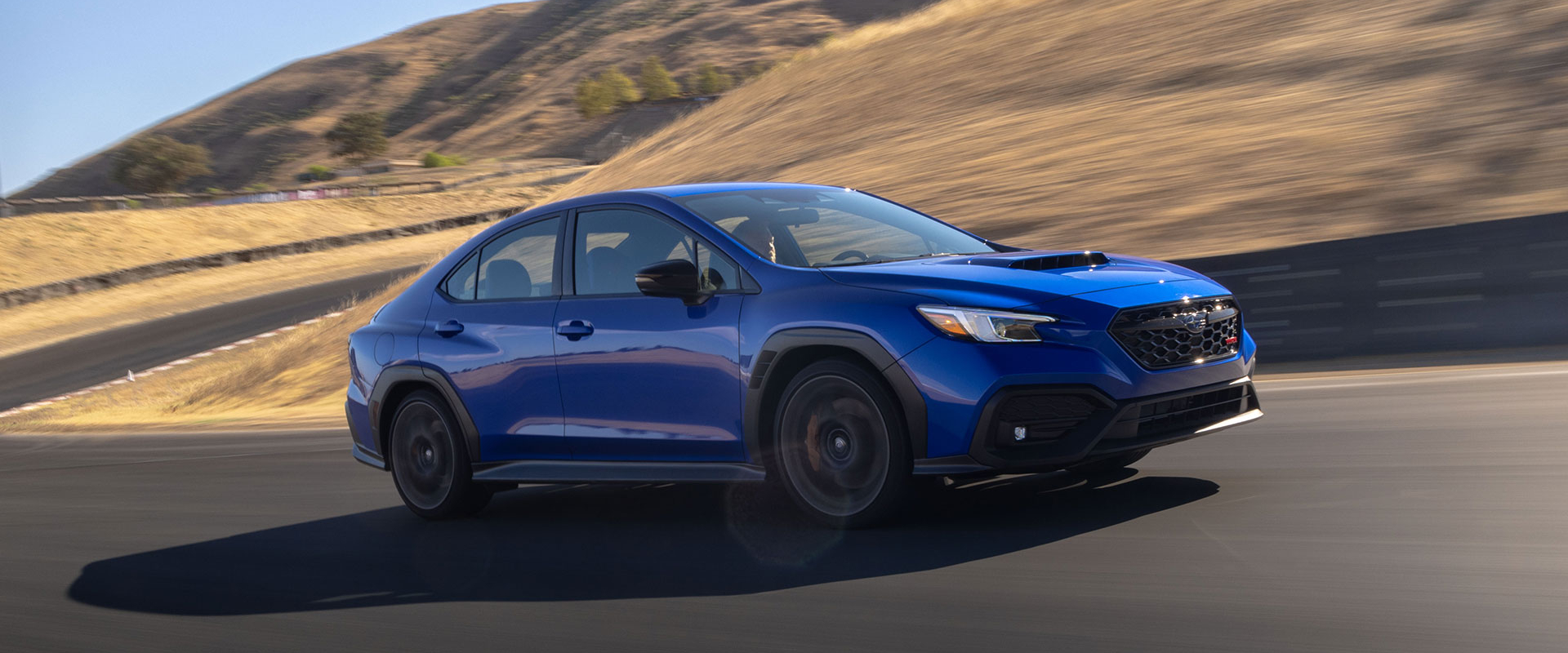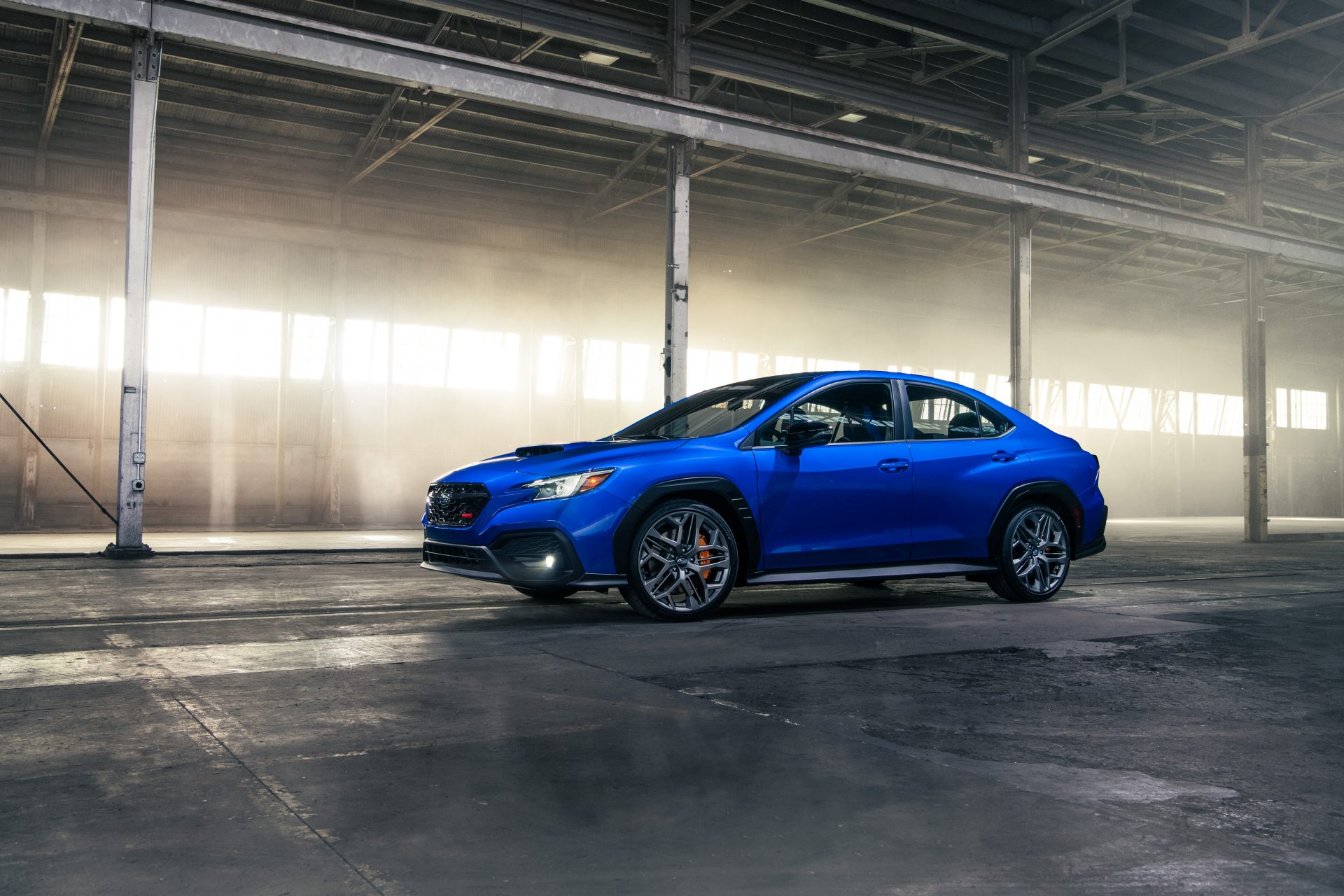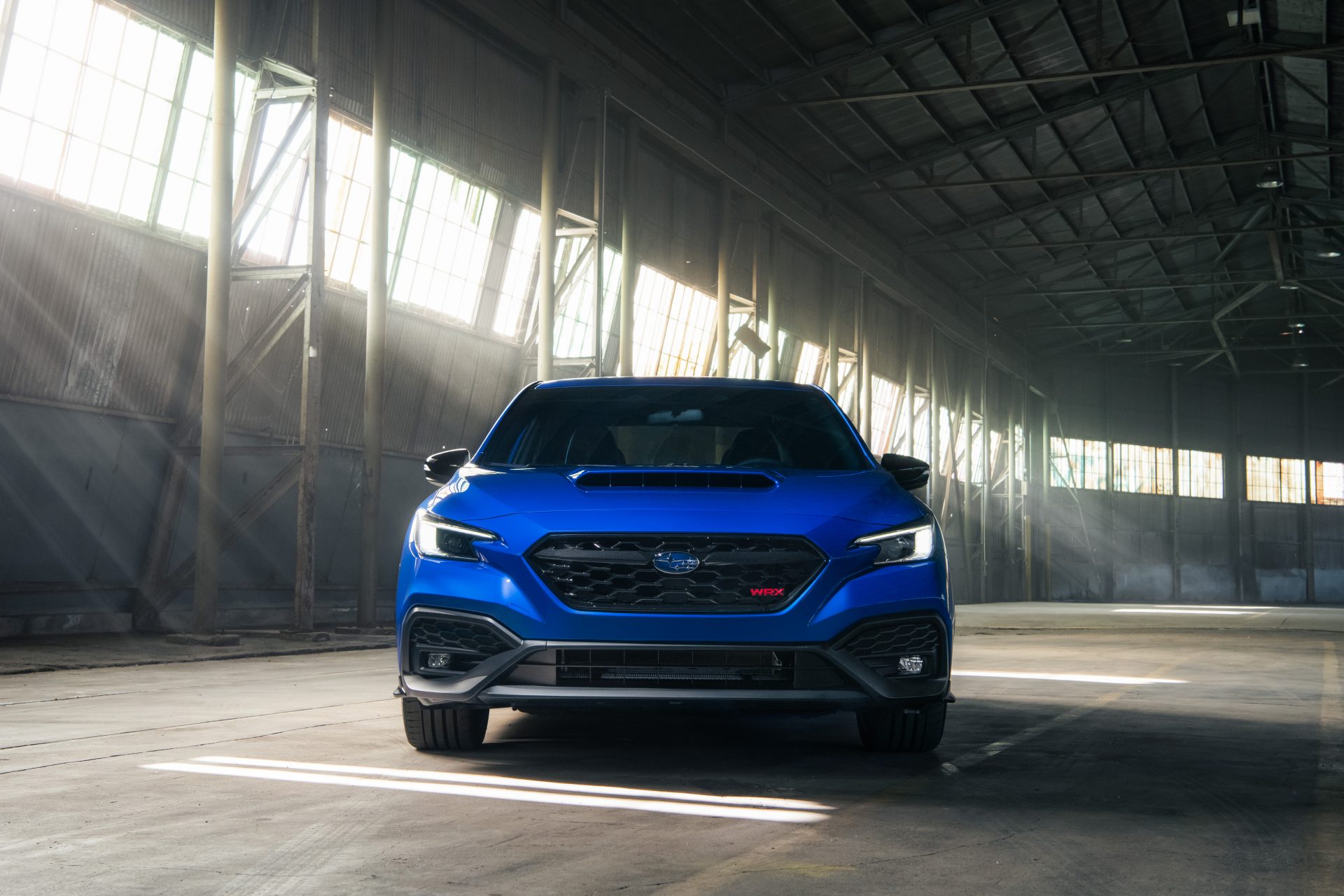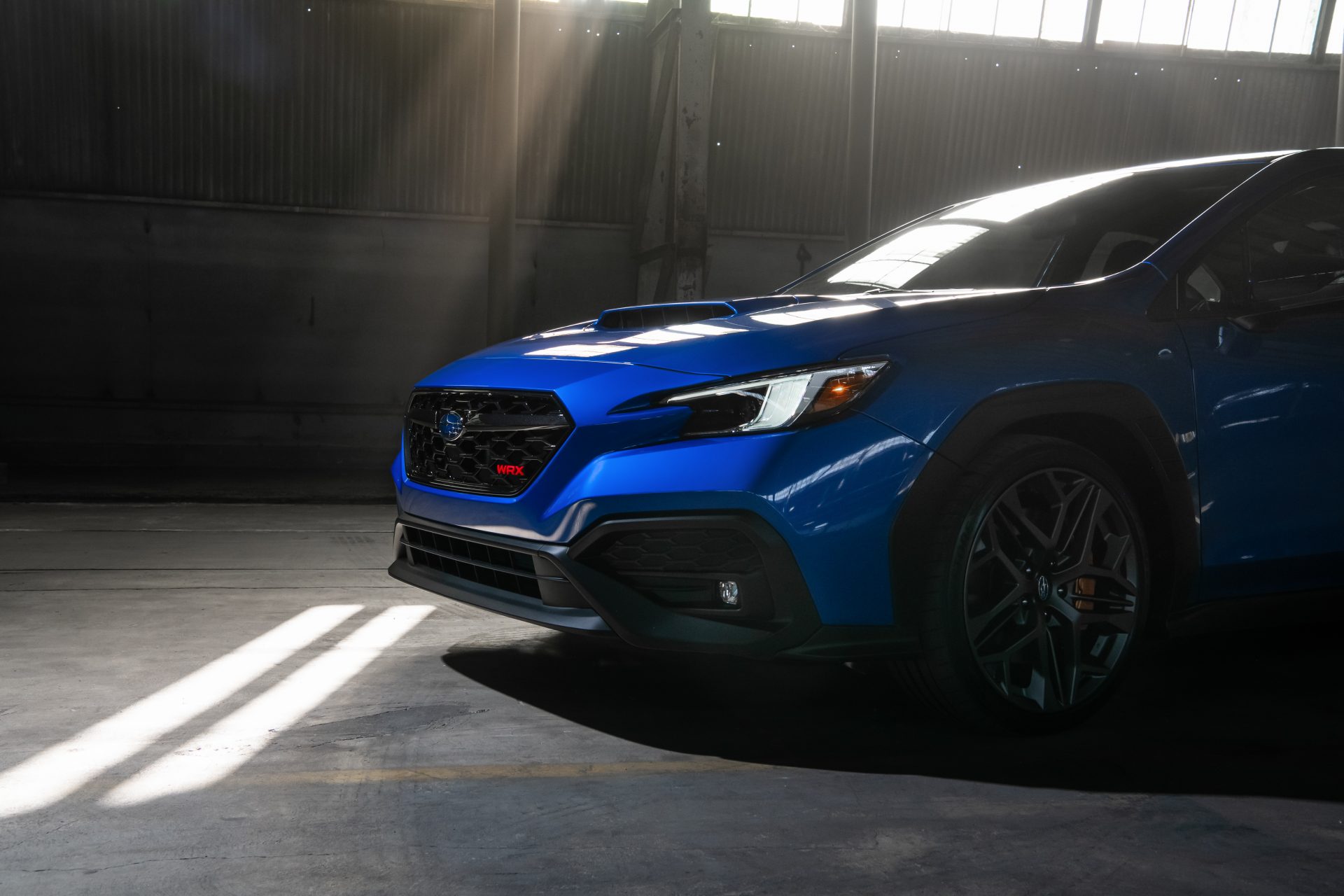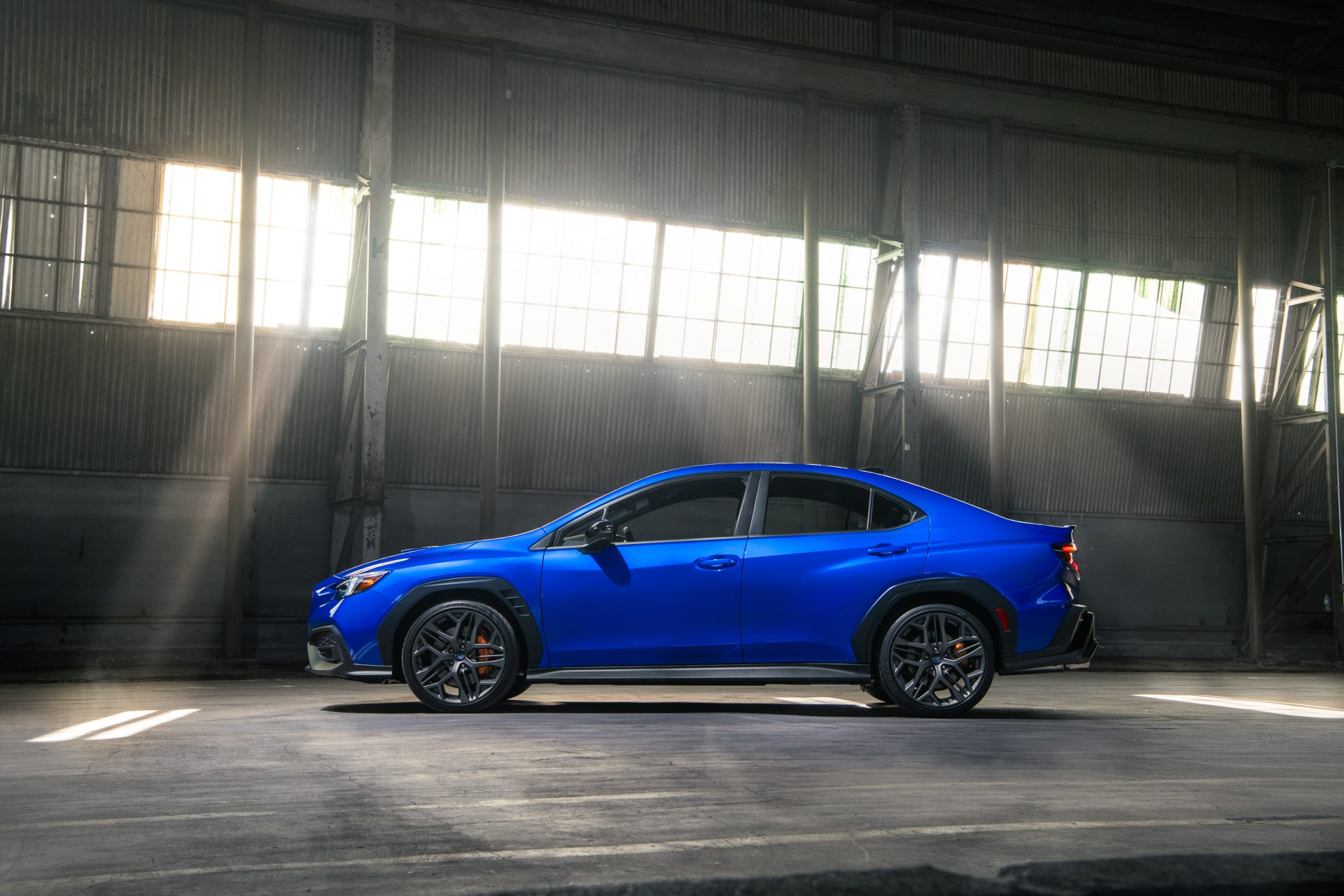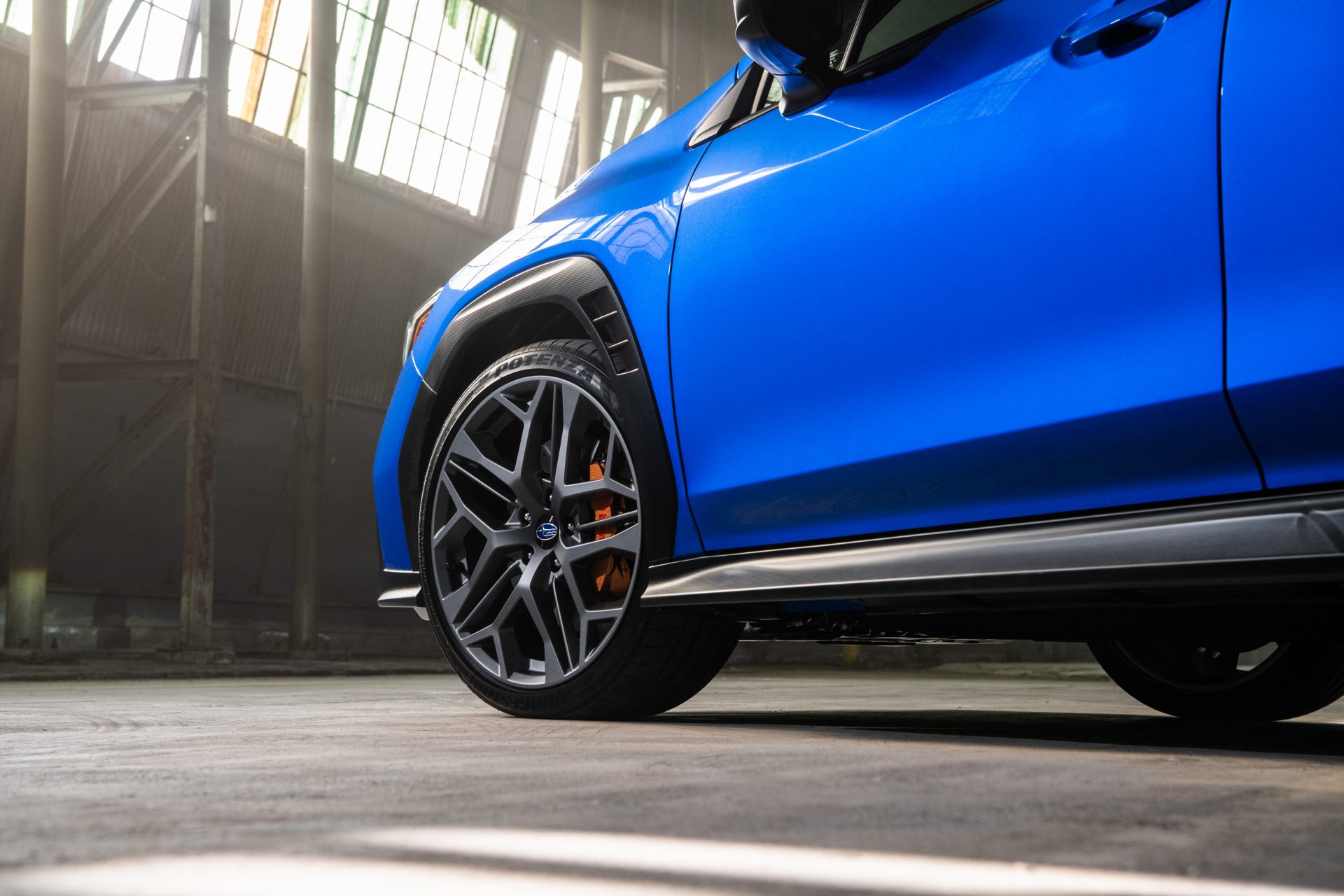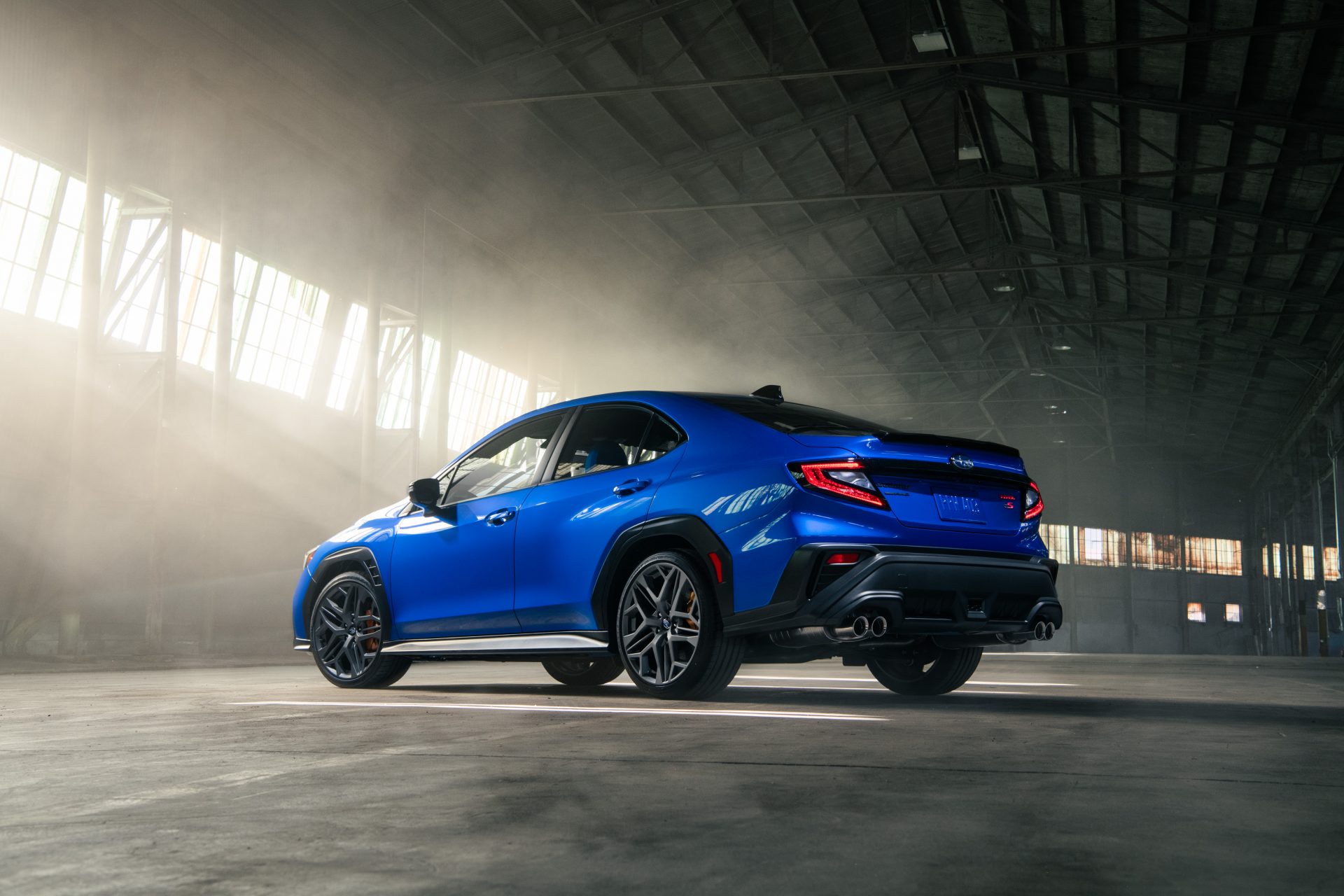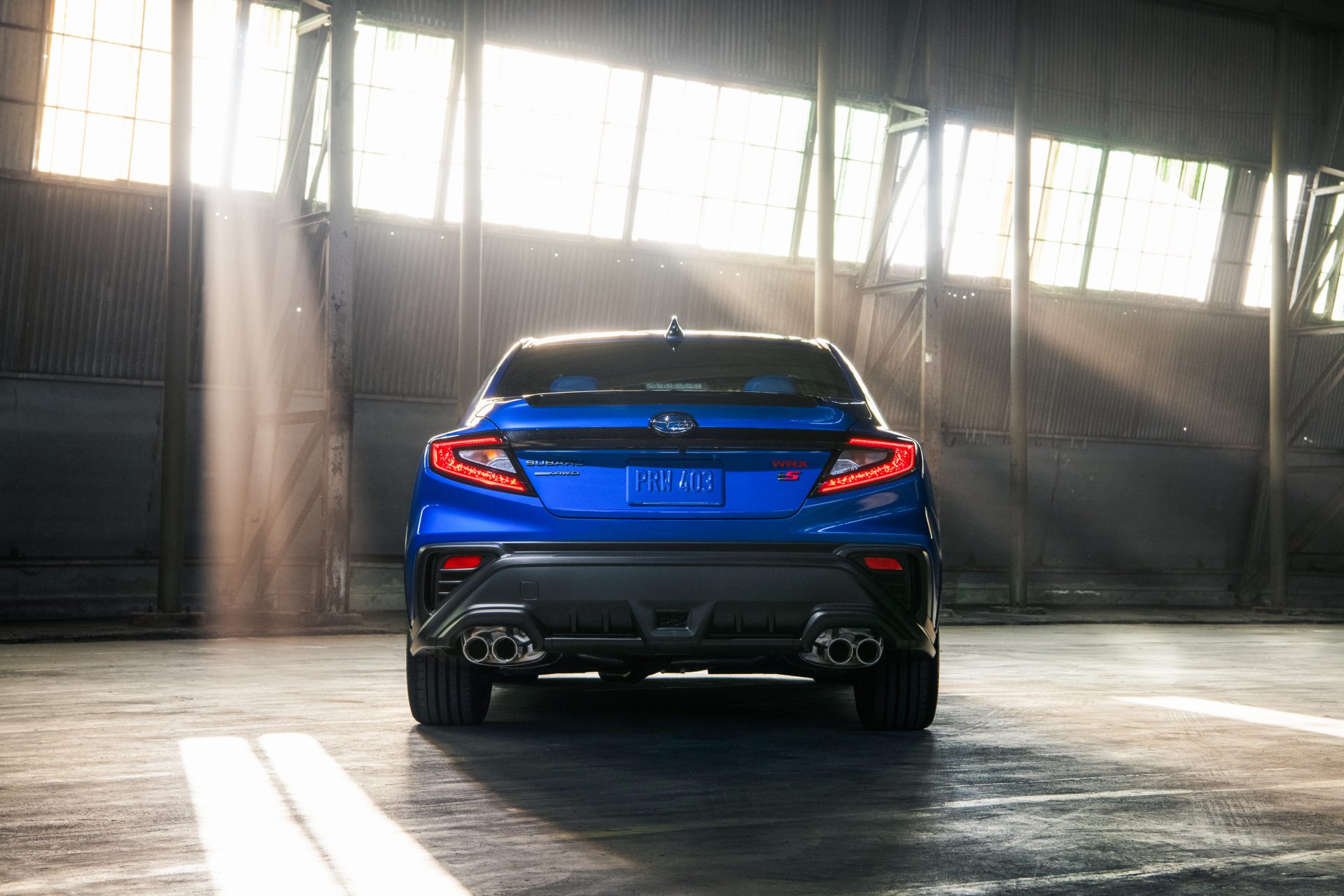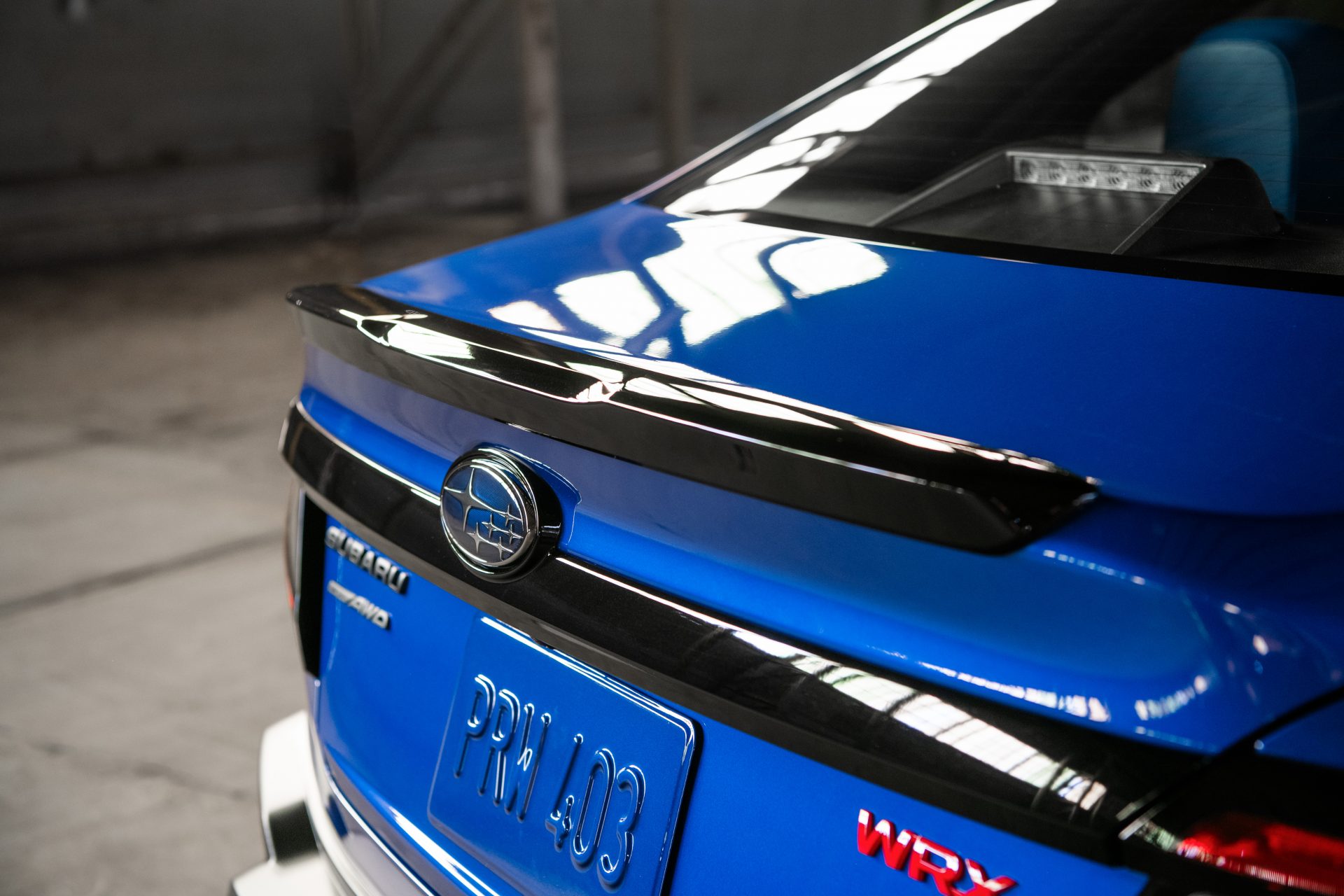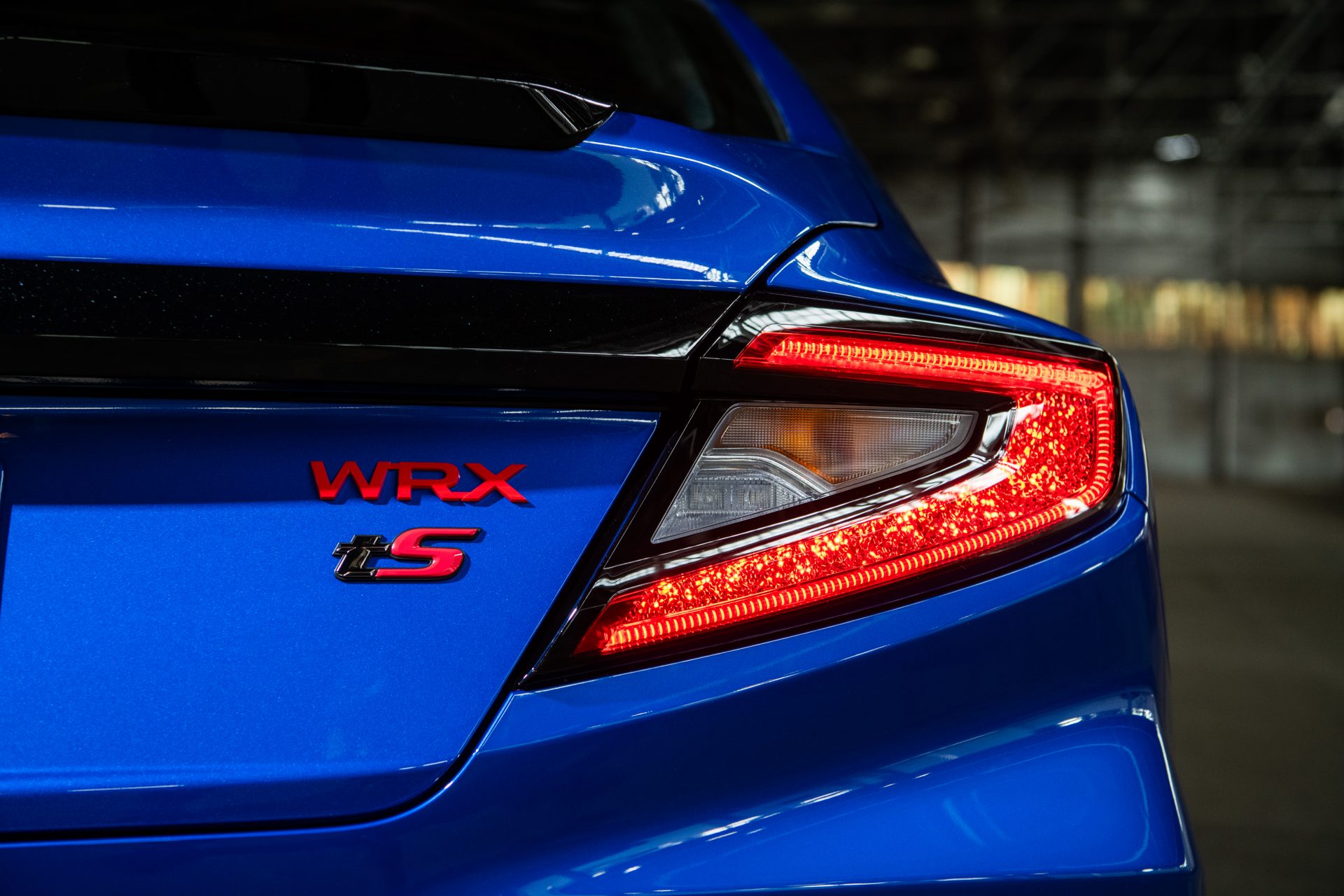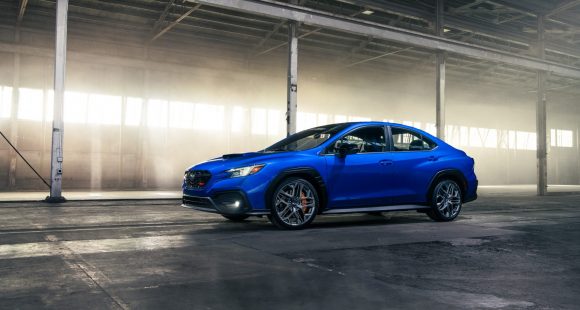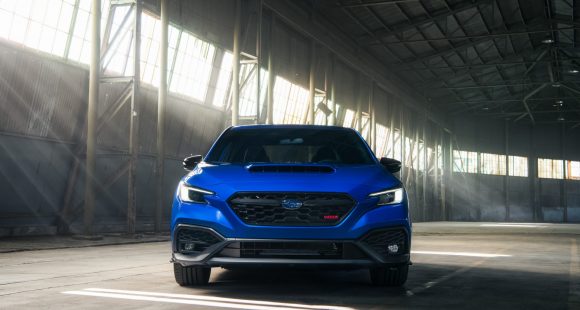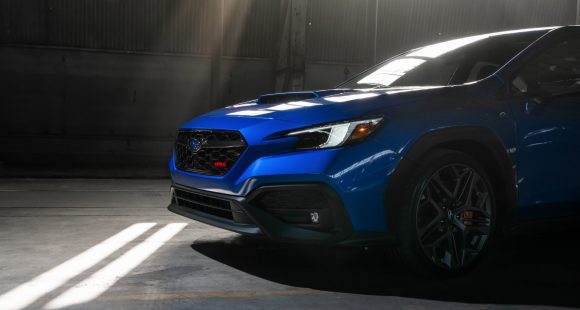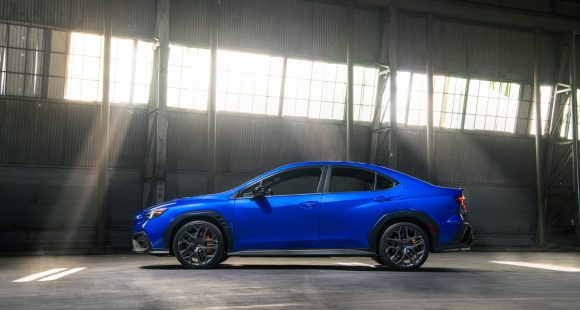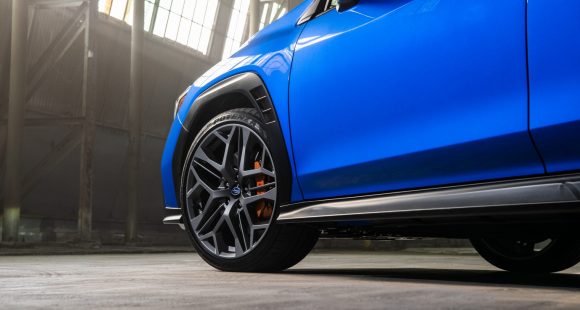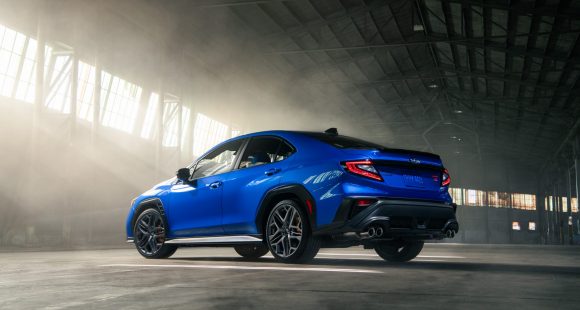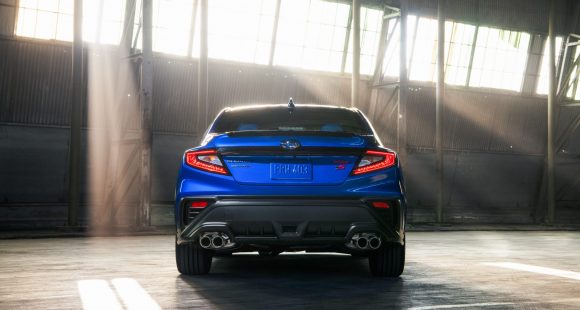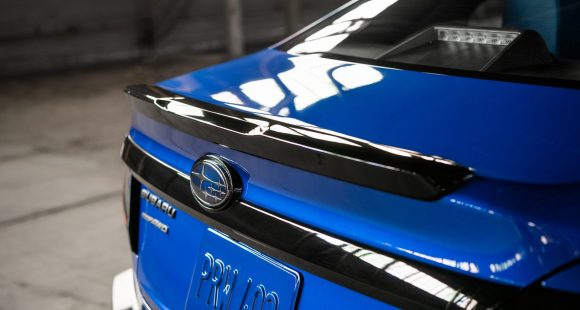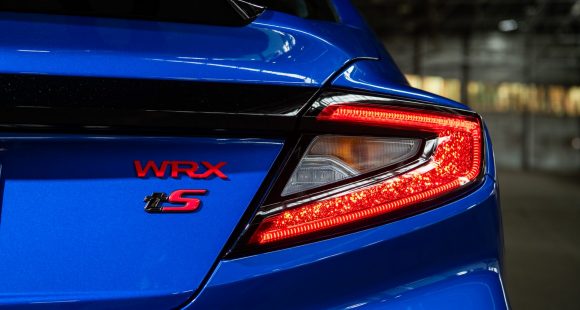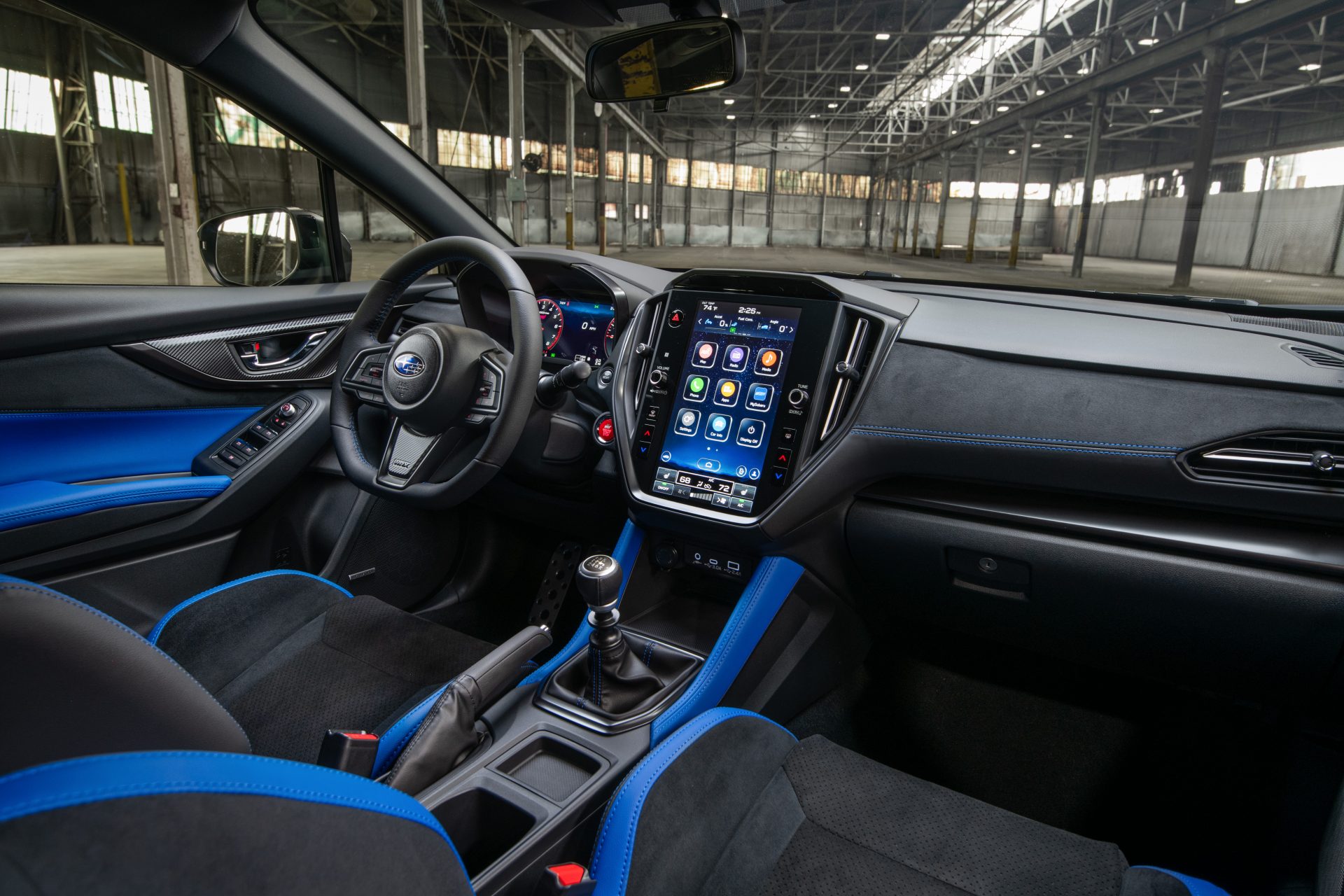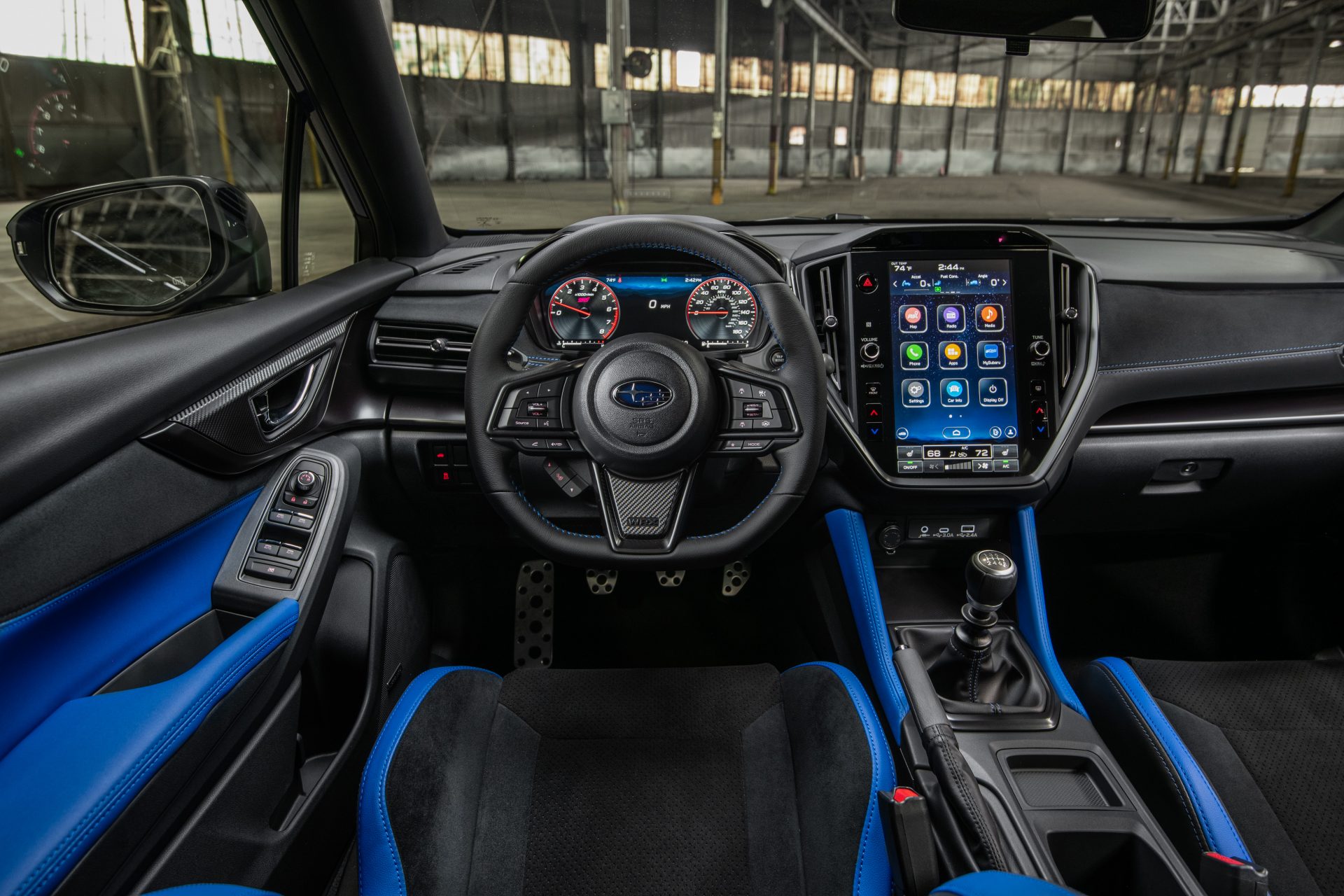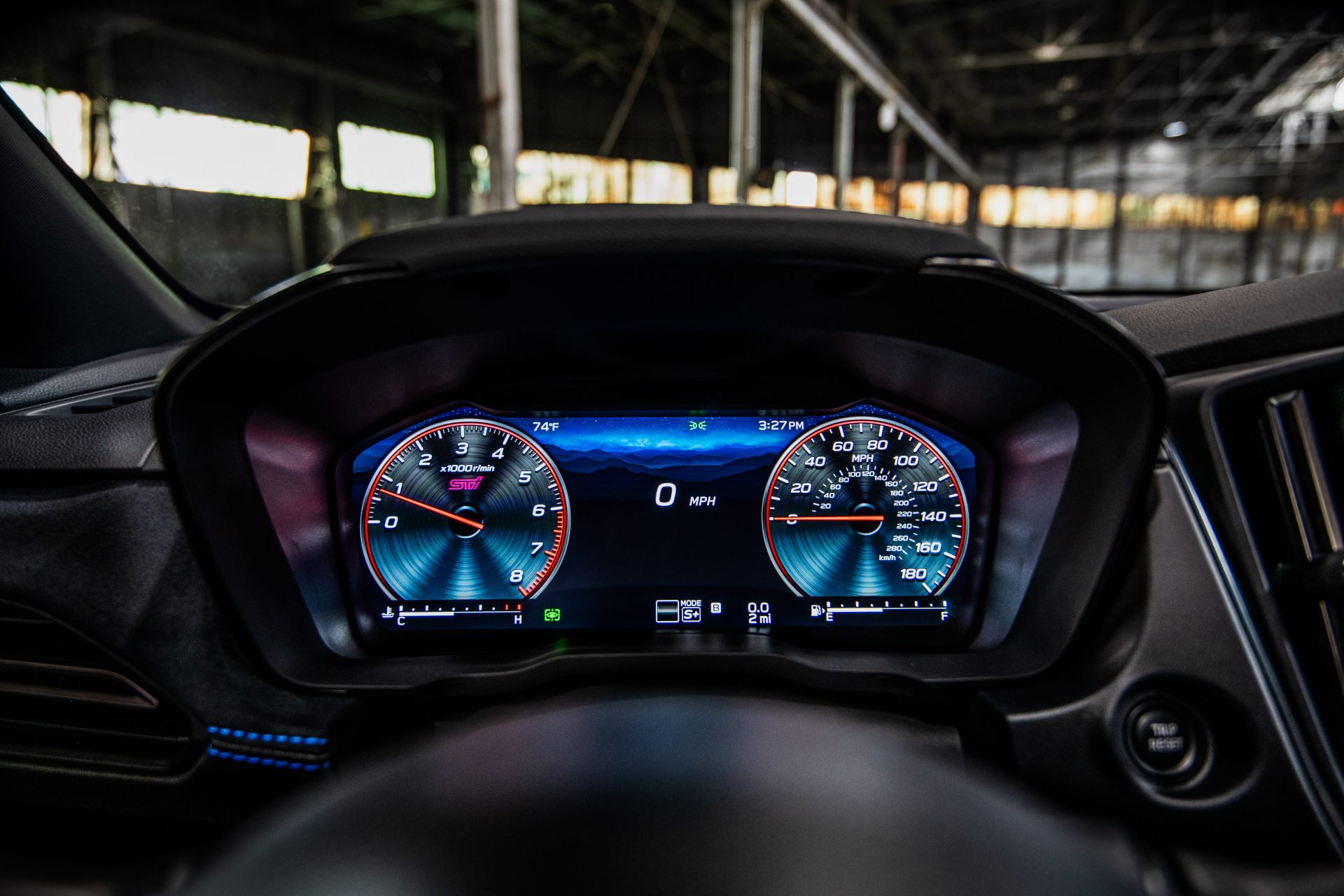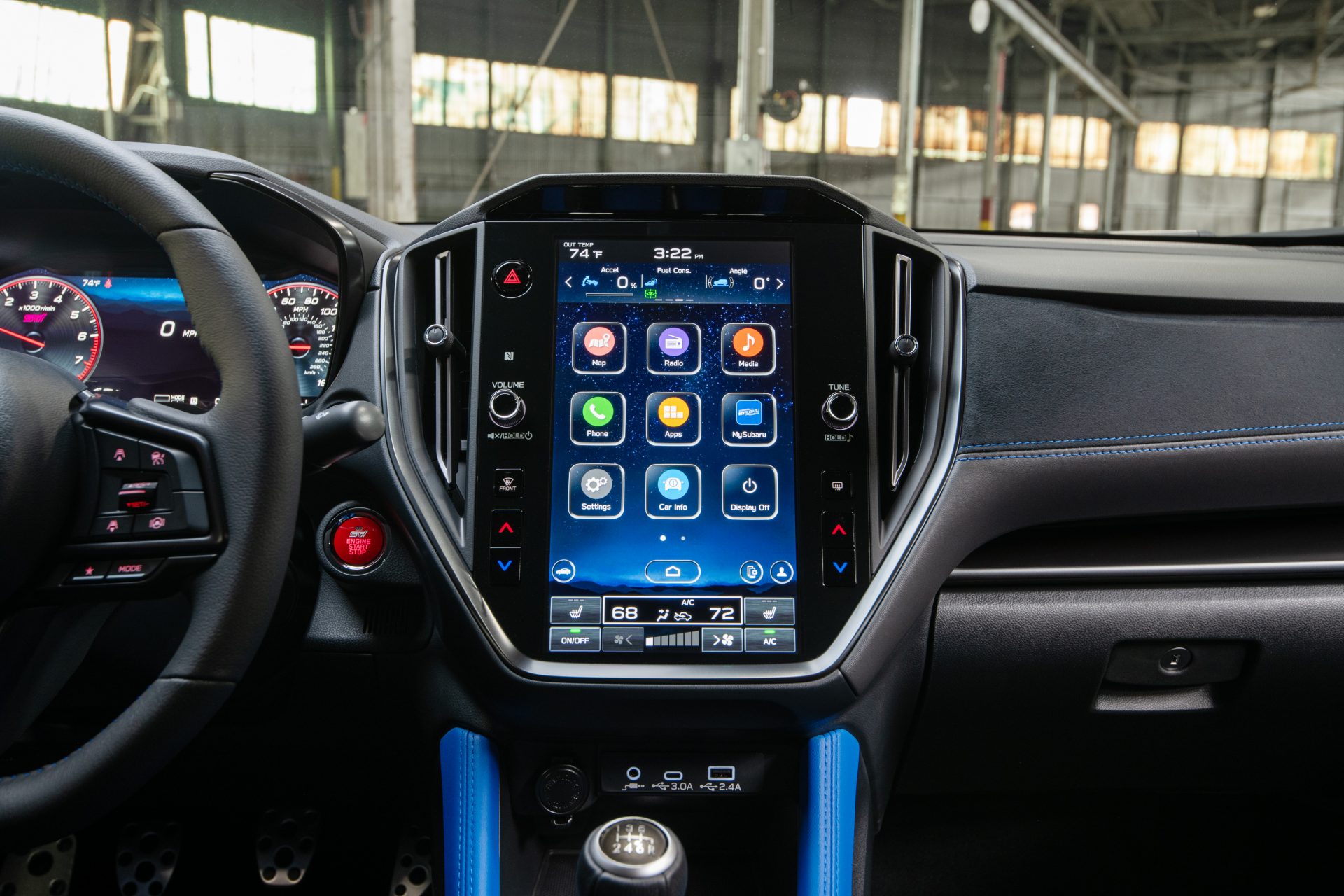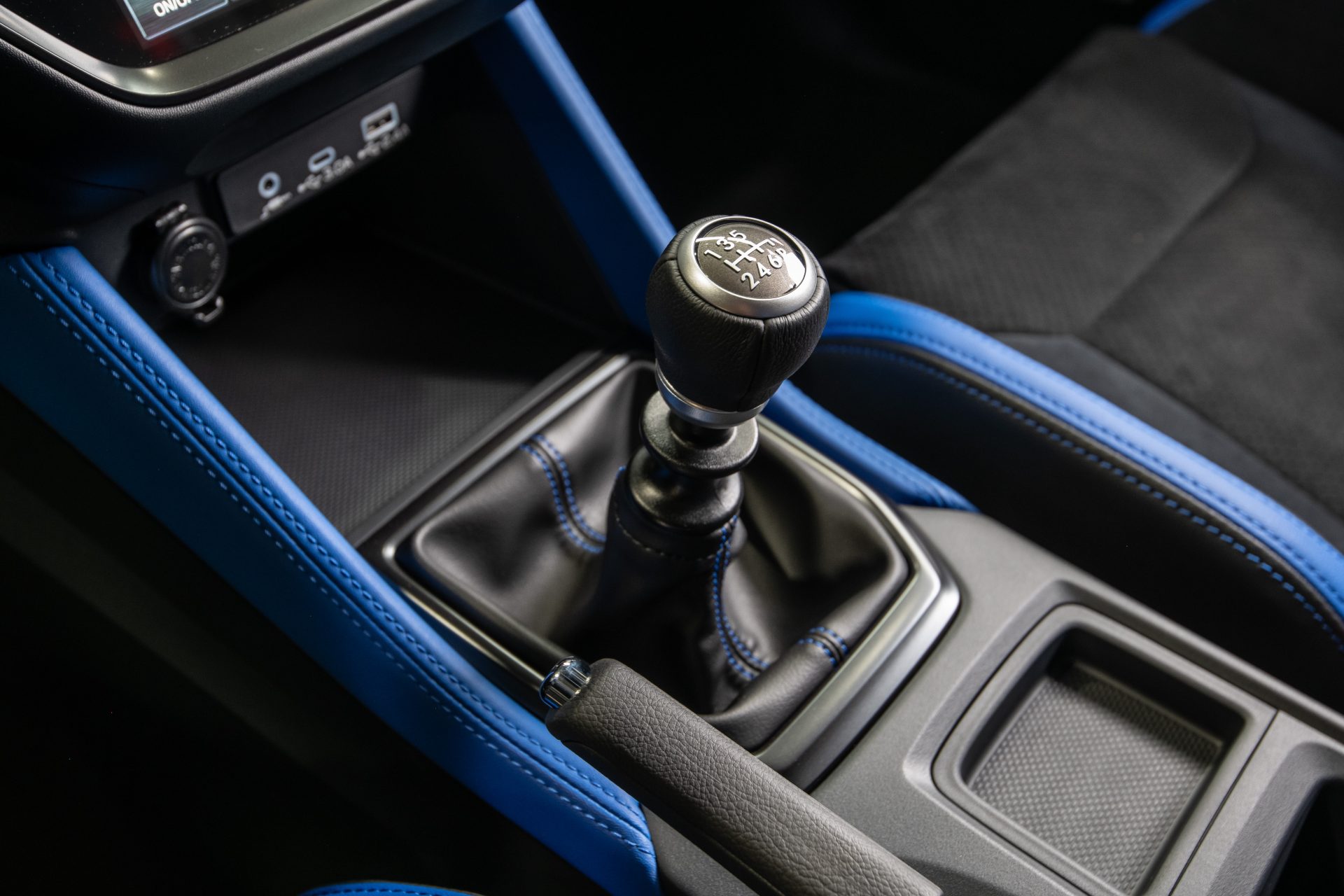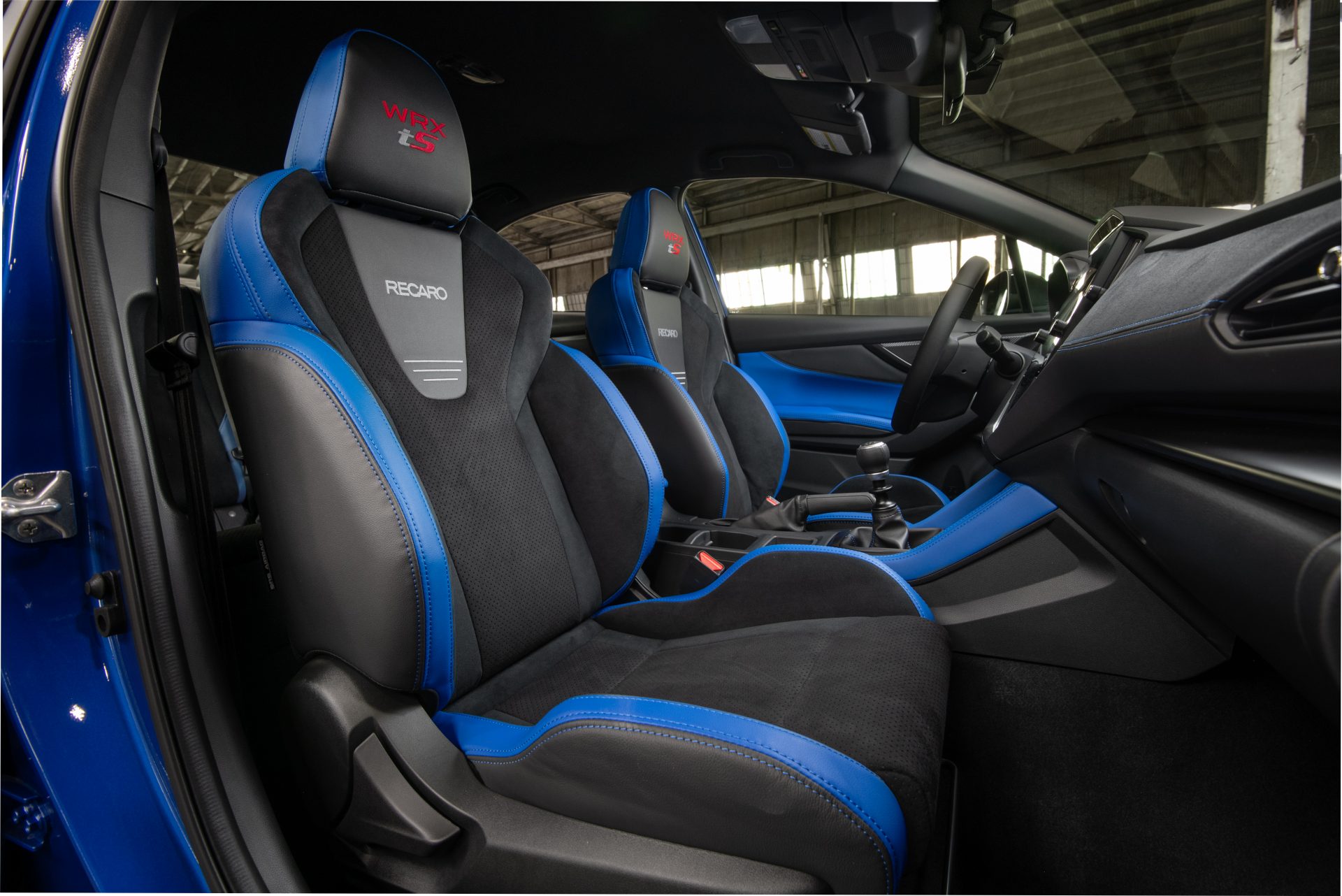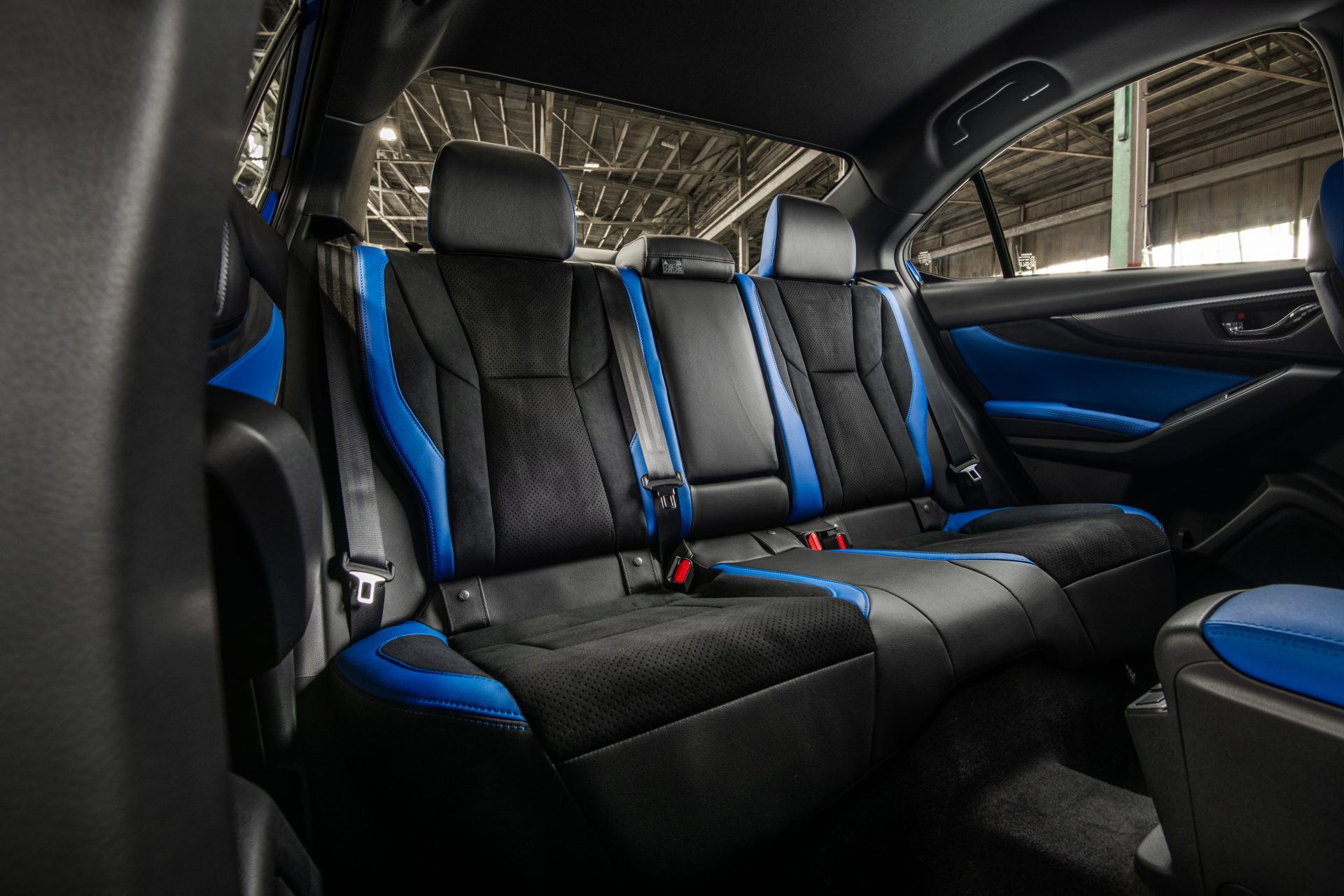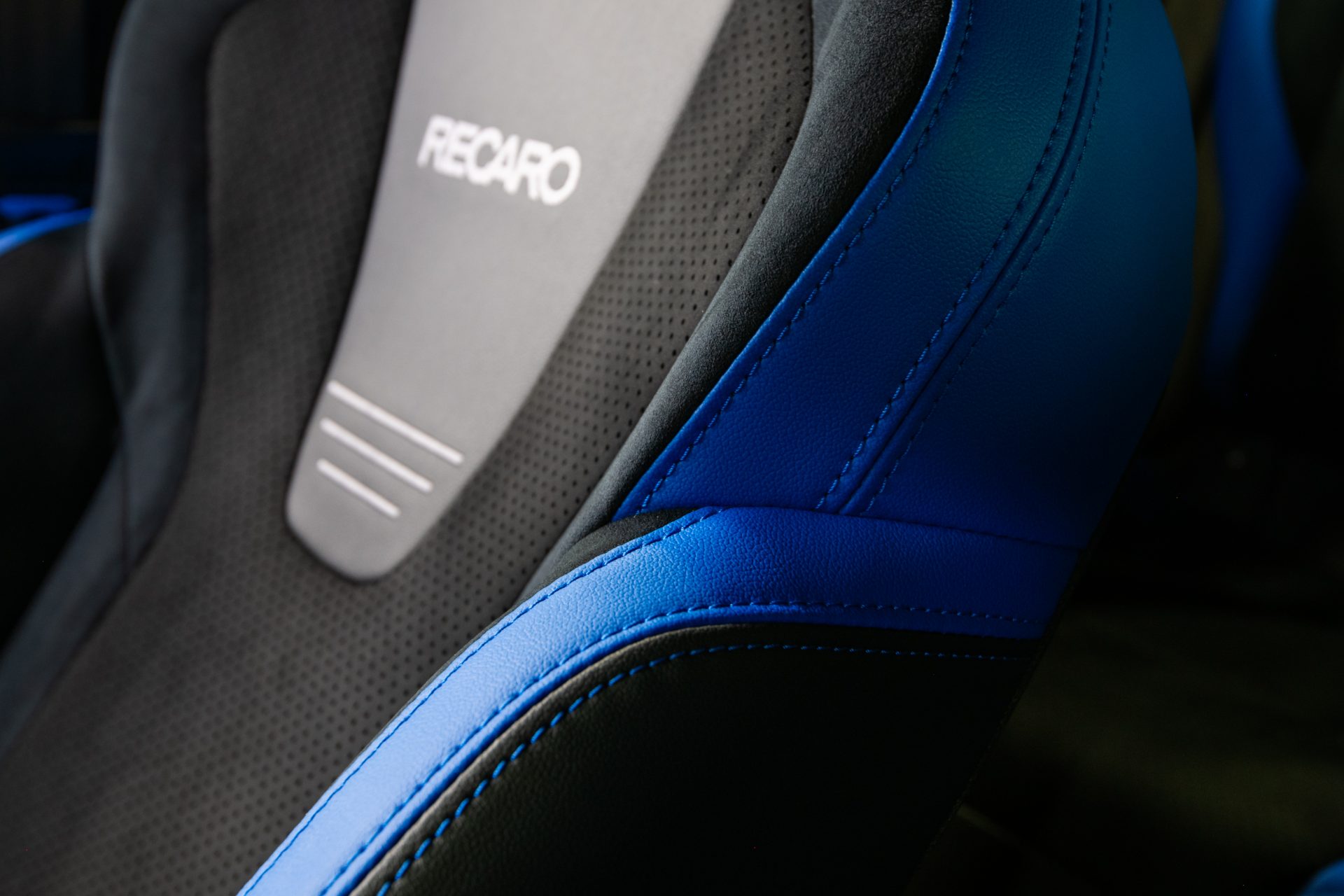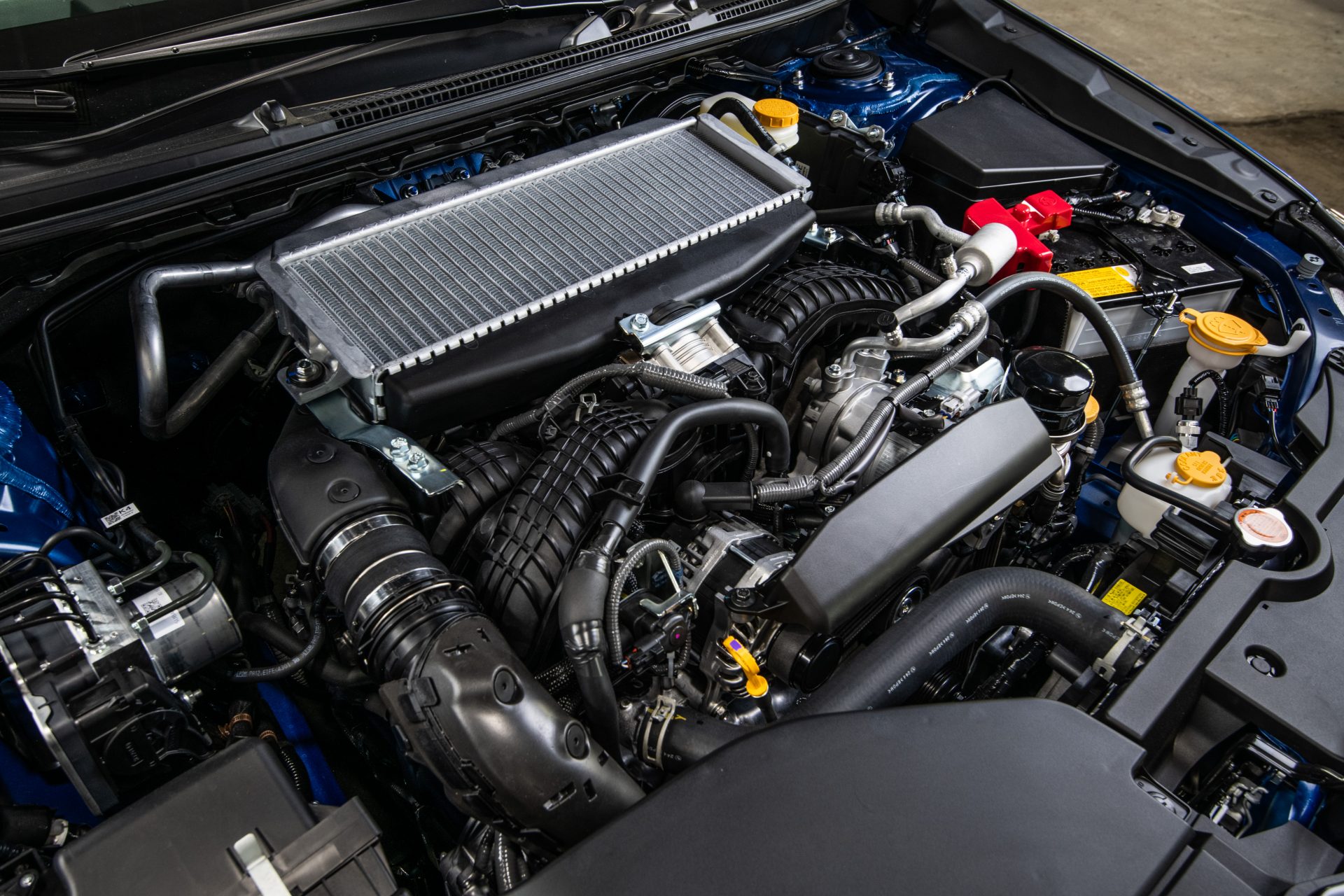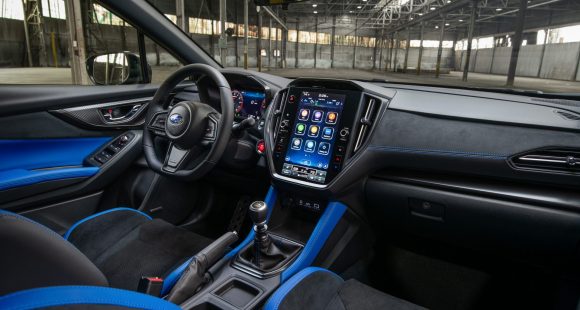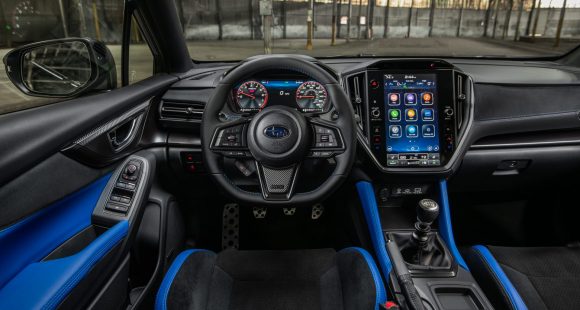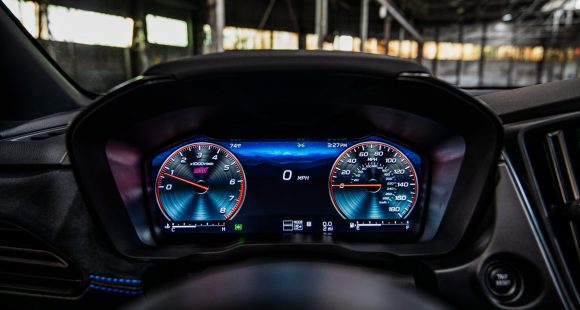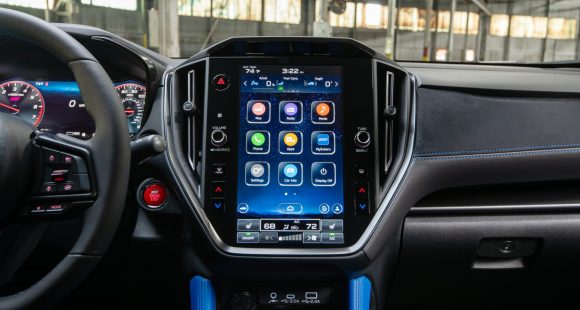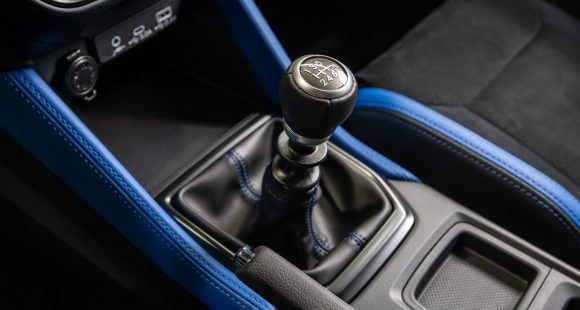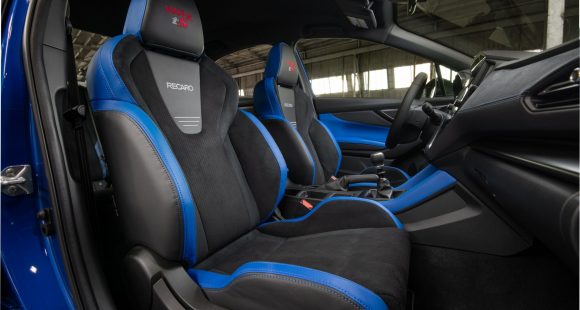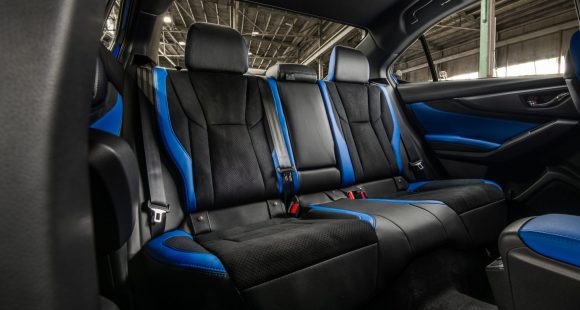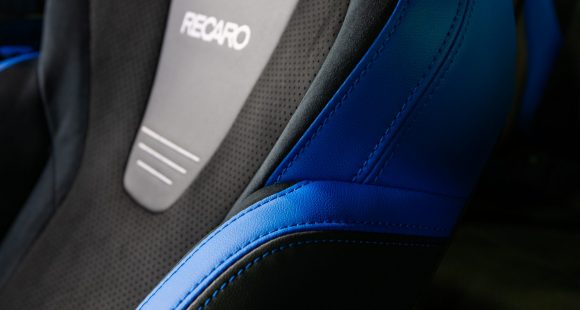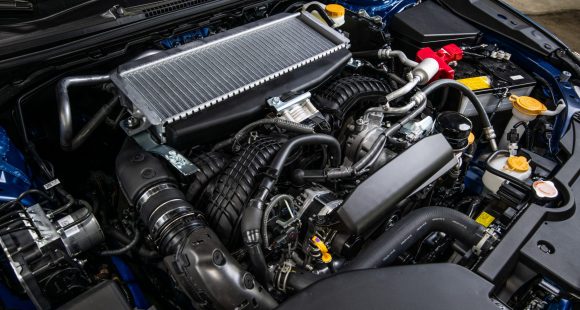2016 Mazda MX-5
For as long as we’ve been testing cars, we’ve yet to come across one that brings as much pure driving joy for the dollar spent as the Mazda Miata roadster. And even though it’s now officially the MX-5, and more and more sophistication has crept into the design over three generations, the all-new 4th gen, 2016 MX-5 keeps the good times rollin’.
It’s hard not to have a good time behind the wheel of the 2016 Mazda MX-5. As while this 4th iteration roadster may no longer look as far back, or be as basic, the pure sports car spirit of the original 1990 Miata is fully intact.
Like most recent Mazda’s, a significant effort is made to take the weight out, despite adding in more creature comforts. Weight is down 150-lbs. to 2,332.
And as before, there’s just enough go from the engine to make things fun, though now it’s the SKYACTIV-G 2.0-liter I4 at 155-horsepower and 148 lb-ft. of torque. A 6-speed manual transmission is standard, and it feels just as good as we remember. A 6-speed auto is available as well, but please only if you must.
At our test track, the MX-5 hops off the line better than ever. And while it’s easy to pine for more power, we’re actually quite happy with the engine’s output. It took 6.8–seconds to reach 60 on a slick track, and 15.4 to complete the ¼ at 89 miles-per-hour.
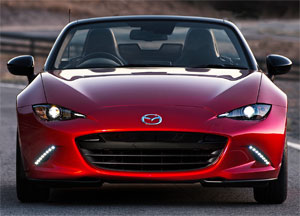 When it comes to cone work, the first thing you notice is the new electric power steering. Turn in is still razor sharp and precise, there’s just a very light feel to it now, maybe too light. The car itself however, feels far more solid overall. Still, it’s just as entertaining as ever tossing it around with playful amounts of oversteer.
When it comes to cone work, the first thing you notice is the new electric power steering. Turn in is still razor sharp and precise, there’s just a very light feel to it now, maybe too light. The car itself however, feels far more solid overall. Still, it’s just as entertaining as ever tossing it around with playful amounts of oversteer.
The suspension remains double-wishbone front and multilink rear, but this time around, Club trim includes the sport suspension with Bilstein dampers and a shock tower brace; as well as a limited slip rear.
Averaging 60 MPH stopping distance of just 111–feet means the braking is done with the same no-nonsense efficiency as the rest of the car.
The leaner, meaner MX-5 has a much more modern look of course. It also sits lower, and is a hair wider.
The face is still friendly, but the rest of the car is a little edgier, almost BMW-like, with its Euro-esque sculpted rear. Both head and tail lights are full LEDs with LED DRLs of course.
Club trim adds a sharper-looking front air dam and black side mirrors; while the Brembo/BBS package really spices things up with painted calipers, side sill extensions, rear bumper skirt, and of course 17-inch forged BBS wheels.
True to tradition, a manual soft top is standard, folding and latching easily right from the driver’s seat. No word yet on whether an optional hardtop will return.
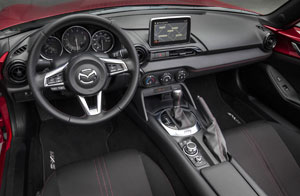 Inside, available features abound, fully displayed here in Club trim, like a dash top 7-inch screen. Touch controls are limited to when you’re sitting still. This Commander Controller is use when moving. Push button start is standard. But the remainder of the interior, from round air vents to big analog gauges is as clean and simple as ever.
Inside, available features abound, fully displayed here in Club trim, like a dash top 7-inch screen. Touch controls are limited to when you’re sitting still. This Commander Controller is use when moving. Push button start is standard. But the remainder of the interior, from round air vents to big analog gauges is as clean and simple as ever.
Most importantly, the shifter falls readily to hand as always, and we quickly felt right at home. More comfortable seats with extra adjustments are always welcome, and they still hold you tight as well.
As for complaints, we understand the need of the Commander Controller, but its console placement is too far back for easy use, and we could use a little more girth to the steering wheel.
Mazda says that the MX-5’s trunk is smaller, but we actually found it more useful than before.
Government Fuel Economy Ratings for the manual are 27-City, 34-Highway, and 30-Combined. Even better are the numbers for the automatic at 27-City, 36-Highway, and 30-Combined. And they both share a great Energy Impact Score of 11.0-barrels of oil used and 4.9-tons of CO2 emissions per year.
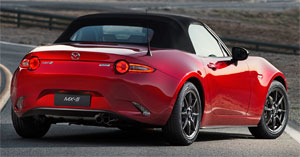 Prices have increased, now starting at $25,735 for Sport trim; this Club, at $29,420, and top shelf Grand Touring at $30,885. Still, no one else offers this much roadster fun for the dollar.
Prices have increased, now starting at $25,735 for Sport trim; this Club, at $29,420, and top shelf Grand Touring at $30,885. Still, no one else offers this much roadster fun for the dollar.
So, back to where we started. Even with all the improvements, Mazda has not compromised that great Miata persona. The 2016 Mazda MX-5 does indeed deliver a lot more than just sports car basics, but those basics are still what this little roadster gets exactly right.
Specifications
- Engine: 2.0 liter I4
- Horsepower: 155
- Torque: 148 lb-ft.
- 0-60 mph: 6.8 seconds
- 1/4 mile: 15.4 seconds @ 89 mph
- EPA: 27 mpg city/ 34 mpg highway
- Energy Impact: 11.0 barrels of oil/yr
- CO2 Emissions: 4.9 tons/yr
2025 Subaru WRX tS
Subaru’s “World Rally eXperimental” Gets Tecnica-Tuned Tech
Building on its global rally heritage, WRX has been a standalone Subaru nameplate, marketed separately from garden variety Impreza, for two generations now. And while the current WRX still lacks the full STI treatment, this WRX tS serves up some of that high-performance spice we’ve been longing for.
Before we go flat out into our Track Test of this 2025 Subaru WRX tS, lets open the Subaru dictionary so we’re all on the same page. “tS” stands for “tuned by STI;” and “STI” is an acronym for “Subaru Tecnica International,” the brand’s high-performance sub-group best known for upgrading the WRX— oh, that stands for “World Rally eXperimental,” in case you didn’t know.
All that said, STI has been largely dormant for this WRX generation, but this tS sprinkles more of their engineering magic into the mix. No, that doesn’t mean extra power, but does mean significant chassis-related improvements.
First, electronically controlled dampers, adjustable through the 11.6-inch tablet-style infotainment screen. That meant a softer “comfort” mode on the 10+ hour commute to and from Savannah’s Roebling Road Raceway. But once we were there, it was the firmer “Sport+” setting all the way, heightening response from the WRX’s throttle and already quick dual-pinion power steering system. There’s still some body roll for rally-esque weight transfer, but it’s well sorted and provides the “toss-ability” you want in a WRX.
Though if you do autocross your tS, which we implore you to do, you might feel the six-piston front, two-piston rear Brembo brakes first. The bite is strong, giving good rotation in the corners and plenty of “halt” for this 3,400 lb. compact with minimal fade, keeping us on track all week…until some unfortunate winter weather passed overhead. No worries here, as Subaru’s Symmetrical All-Wheel-Drive system got us to the track for some powdered deserts: Frosted donuts served up Michelin style, a set of winter tires different from the grippy Bridgestone Potenza S007 rubber the tS typically rides on. Some prior hot laps of California’s Sonoma Raceway gave credence to those Bridgestones, and showed us what this hot-compact can do in ideal conditions.
It’s well sorted and provides the “toss-ability” you want in a WRX.
Other tS enhancements are cabin-based, namely these beautiful blue Recaros. Most of our staff appreciated their moderately-aggressive bolstering on both street and track. And they’re even heated, too. Another tS-only appointment is this 12.3-inch digital gauge display. It mimics the standard analog gauges with some additional info, but can switch to a navigation mode for more convenient route guidance.
We do wish our tS came in the new Galaxy Purple or the trademark World Rally Blue, but this Crystal White paint wasn’t too shabby, contrasting its Cherry Blossom Red badging and blacked-out lip spoiler. Otherwise, the tS is like any other WRX, down to the hood scoop funneling air to the top-mounted intercooler.
Underneath is the same turbocharged 2.4-liter flat-four in all other trims, boxing at 271 horsepower and 258 lb-ft of torque. The freak winter weather stopped straight-line testing, but a 0-60 time estimate of 5.5 seconds is about as spry as you realistically need, pulling strong through most of the tach; though the 6,000 RPM redline required attentive shifting of the six-speed box, which the tS comes exclusively with. The throws are precise, if a little long, and the clutch is wonderfully weighted.
With discontinuation of the Base trim, pricing for the WRX now starts with Premium at $36,920. The tS is at the top of the lineup with the automatic-only GT, both starting at $46,875. All WRXs continue to be made in Gunma, Japan.
If you’re an enthusiast itching to do the tuning yourself, perhaps the 2025 Subaru WRX tS is not for you. But if you want a plug-and-play experience, this is it. While it won’t exactly bestow the loose-cannon, top-level driving skills exhibited by famous WRC drivers upon you, the tS moves this WRX’s game in a direction we’ve so desperately wanted Subaru to take.
Specifications
As Tested
- Engine: 2.4-liter flat-four
- Tranmission: 6-speed manual
- Horsepower: 271
- Torque: 258 lb-ft







